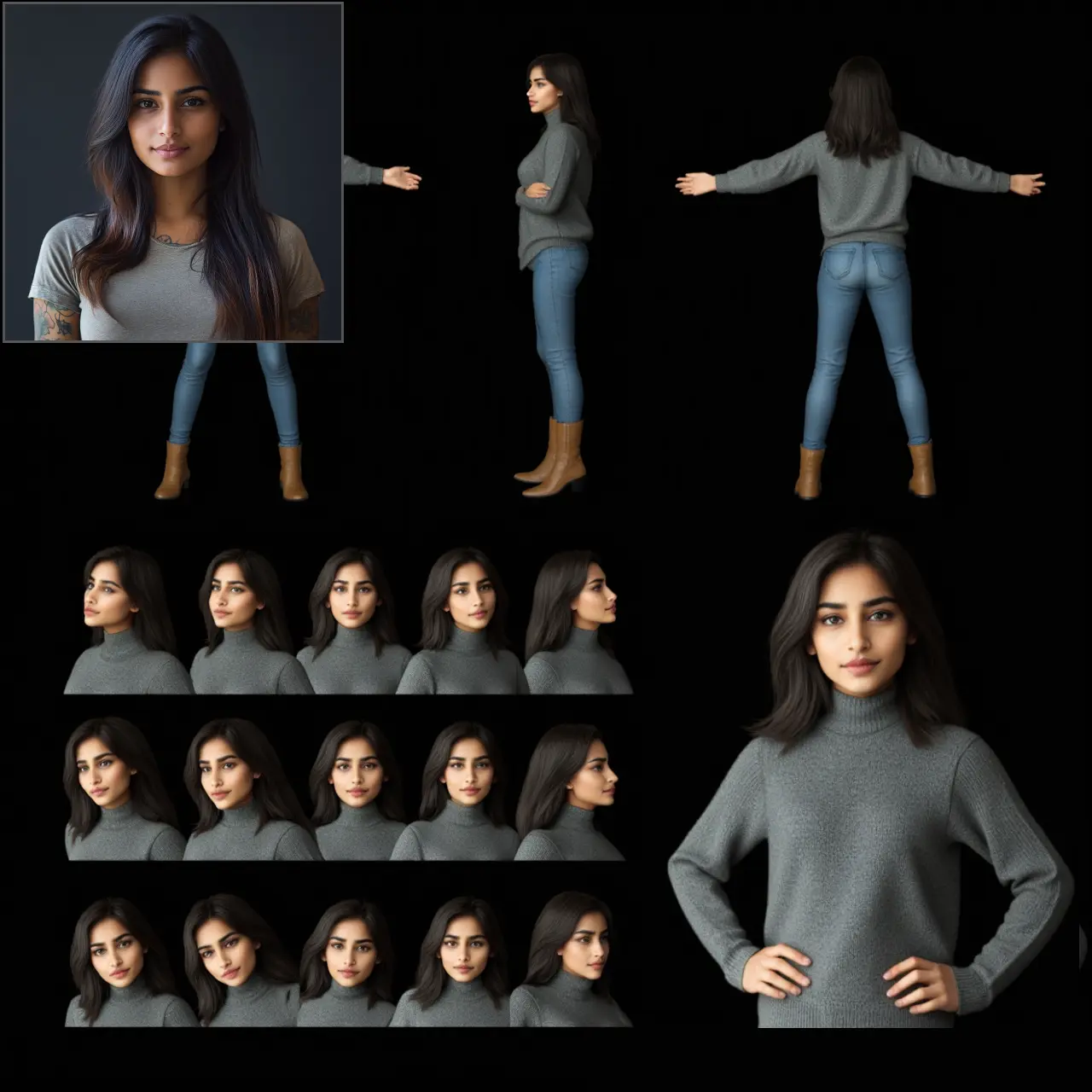ComfyUI Node: Bus Node
Bus Node
CategoryWAS Suite/Utilities
WASasquatch (Account age: 4910days) Extension
WAS Node Suite Latest Updated
2025-03-27 Github Stars
1.44K
How to Install WAS Node Suite
Install this extension via the ComfyUI Manager by searching for WAS Node Suite- 1. Click the Manager button in the main menu
- 2. Select Custom Nodes Manager button
- 3. Enter WAS Node Suite in the search bar
Visit ComfyUI Online for ready-to-use ComfyUI environment
- Free trial available
- 16GB VRAM to 80GB VRAM GPU machines
- 400+ preloaded models/nodes
- Freedom to upload custom models/nodes
- 200+ ready-to-run workflows
- 100% private workspace with up to 200GB storage
- Dedicated Support
Bus Node Description
Streamlines management of AI art components into a single "bus" unit for efficient workflow integration.
Bus Node:
The Bus Node is designed to streamline the process of managing multiple key components in your AI art generation workflow. It consolidates five essential elements—model, clip, VAE, positive conditioning, and negative conditioning—into a single, manageable unit called a "bus." This node allows you to either input these elements individually or as a pre-packaged bus, providing flexibility and convenience. If you provide both individual inputs and a bus, the individual inputs will take precedence. This node ensures that all necessary components are present before proceeding, making it a crucial tool for maintaining the integrity and efficiency of your workflow.
Bus Node Input Parameters:
bus
The bus parameter is a tuple that can contain up to five elements: model, clip, VAE, positive conditioning, and negative conditioning. This parameter allows you to input all these elements as a single unit, simplifying the management of these components. If you provide individual inputs along with the bus, the individual inputs will override the corresponding elements in the bus. This parameter is optional, but if not provided, you must supply the individual components separately.
model
The model parameter allows you to input a specific model for your AI art generation. If provided, this model will override the model in the bus. This parameter is crucial for defining the architecture and capabilities of your AI model. It is required if not provided in the bus.
clip
The clip parameter allows you to input a specific CLIP (Contrastive Language–Image Pre-training) model. This model is essential for understanding and generating text-to-image mappings. If provided, it will override the CLIP model in the bus. This parameter is required if not provided in the bus.
vae
The vae parameter allows you to input a specific Variational Autoencoder (VAE) model. The VAE is important for encoding and decoding images in your AI art generation process. If provided, it will override the VAE model in the bus. This parameter is required if not provided in the bus.
positive
The positive parameter allows you to input positive conditioning data, which can influence the AI model to generate images with certain desired characteristics. If provided, it will override the positive conditioning in the bus. This parameter is optional but can be useful for fine-tuning your results.
negative
The negative parameter allows you to input negative conditioning data, which can influence the AI model to avoid generating images with certain undesired characteristics. If provided, it will override the negative conditioning in the bus. This parameter is optional but can be useful for fine-tuning your results.
Bus Node Output Parameters:
out_bus
The out_bus parameter is a tuple containing the final model, clip, VAE, positive conditioning, and negative conditioning. This output consolidates all the provided inputs into a single unit, making it easier to manage and pass along in your workflow.
out_model
The out_model parameter outputs the final model used in the AI art generation process. This will be either the model provided individually or the one from the bus.
out_clip
The out_clip parameter outputs the final CLIP model used. This will be either the CLIP model provided individually or the one from the bus.
out_vae
The out_vae parameter outputs the final VAE model used. This will be either the VAE model provided individually or the one from the bus.
out_positive
The out_positive parameter outputs the final positive conditioning data used. This will be either the positive conditioning provided individually or the one from the bus.
out_negative
The out_negative parameter outputs the final negative conditioning data used. This will be either the negative conditioning provided individually or the one from the bus.
Bus Node Usage Tips:
- Ensure that you provide either a complete bus or the necessary individual components to avoid errors.
- Use the bus parameter to simplify the management of multiple components, especially in complex workflows.
- Override specific components by providing individual inputs when you need to fine-tune specific aspects of your AI model.
Bus Node Common Errors and Solutions:
Either model or bus containing a model should be supplied
- Explanation: This error occurs when neither a model nor a bus containing a model is provided.
- Solution: Ensure that you provide a model either individually or within the bus.
Either clip or bus containing a clip should be supplied
- Explanation: This error occurs when neither a CLIP model nor a bus containing a CLIP model is provided.
- Solution: Ensure that you provide a CLIP model either individually or within the bus.
Either vae or bus containing a vae should be supplied
- Explanation: This error occurs when neither a VAE model nor a bus containing a VAE model is provided.
- Solution: Ensure that you provide a VAE model either individually or within the bus.
Bus Node Related Nodes
RunComfy is the premier ComfyUI platform, offering ComfyUI online environment and services, along with ComfyUI workflows featuring stunning visuals. RunComfy also provides AI Models, enabling artists to harness the latest AI tools to create incredible art.


